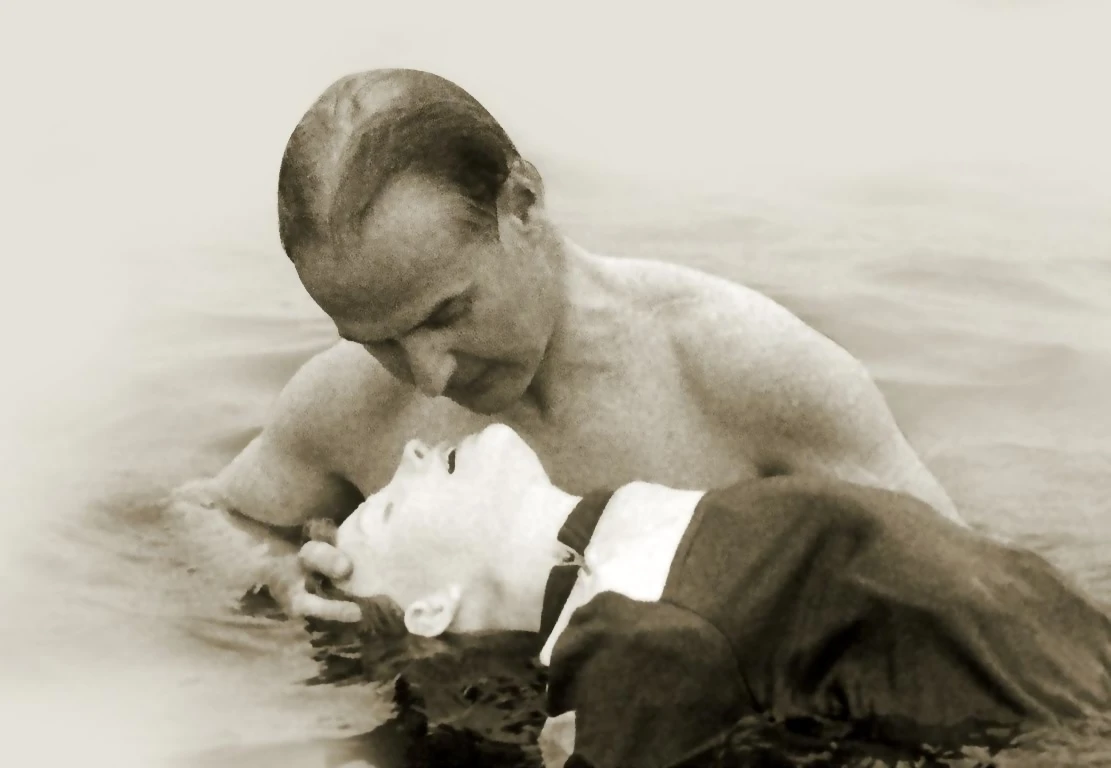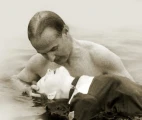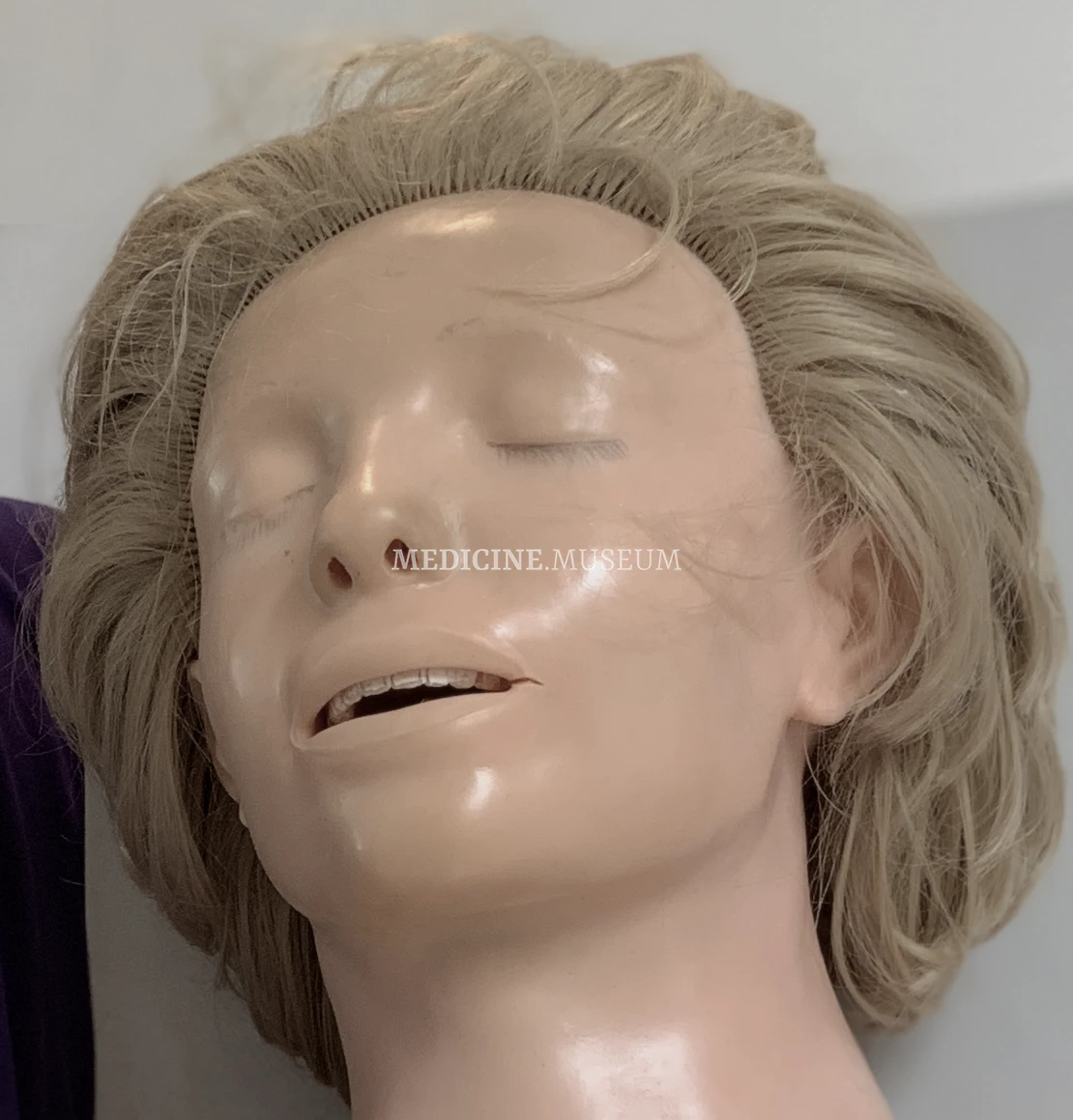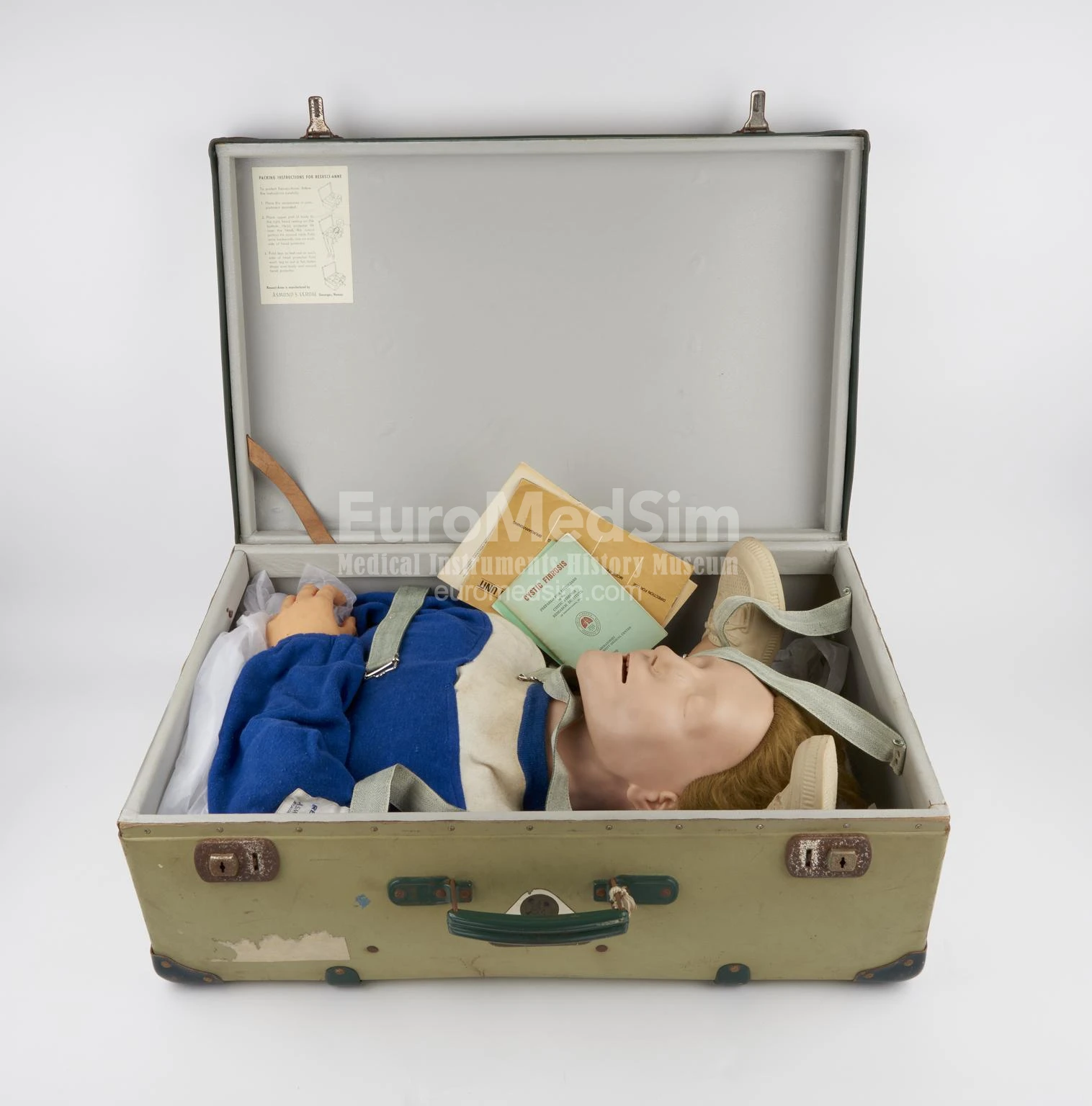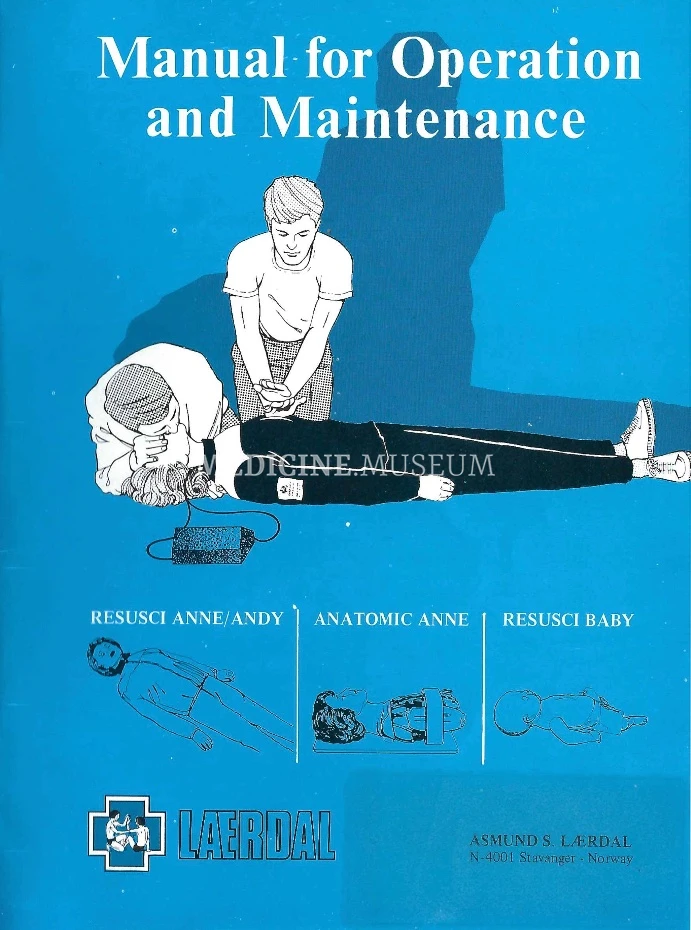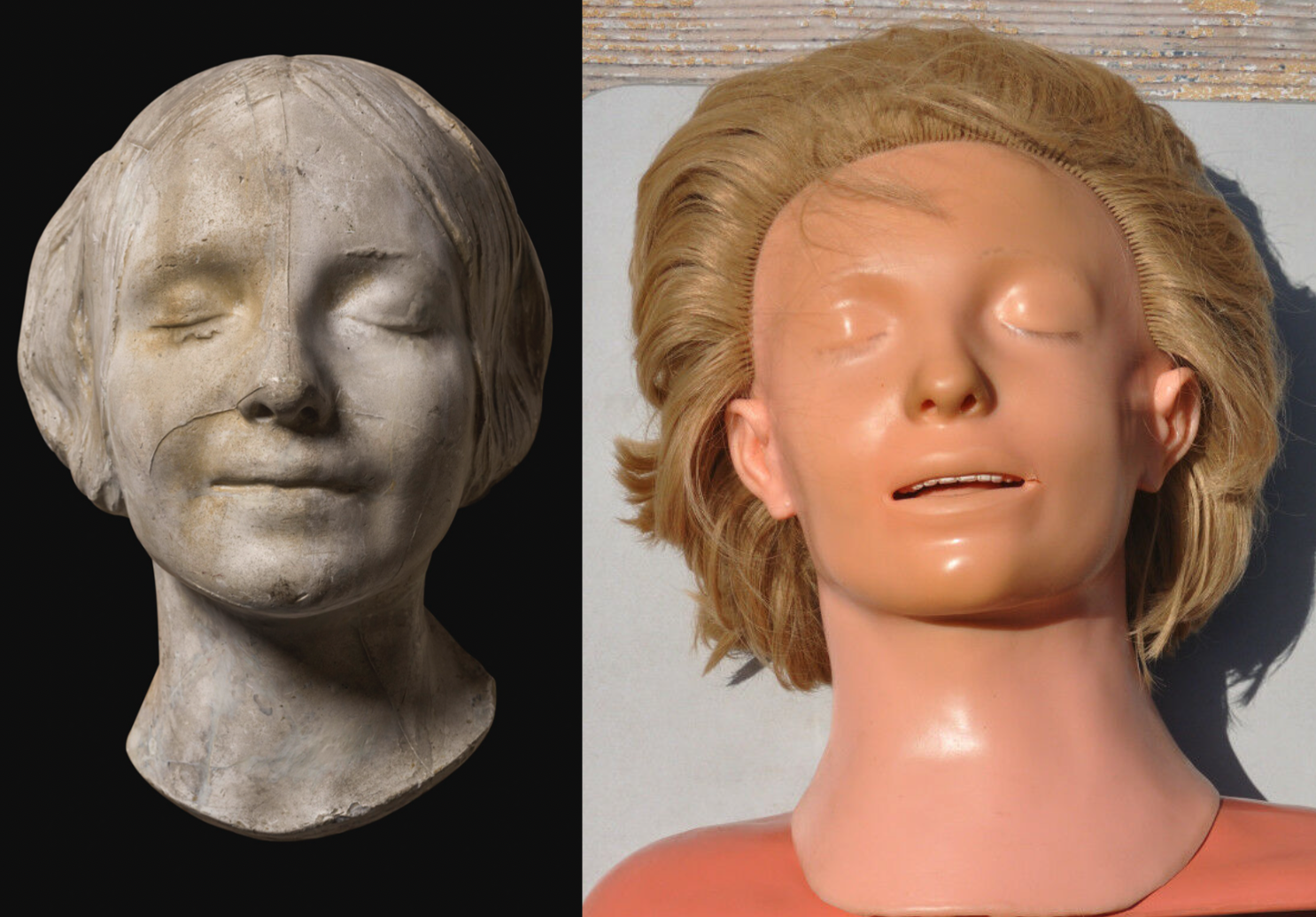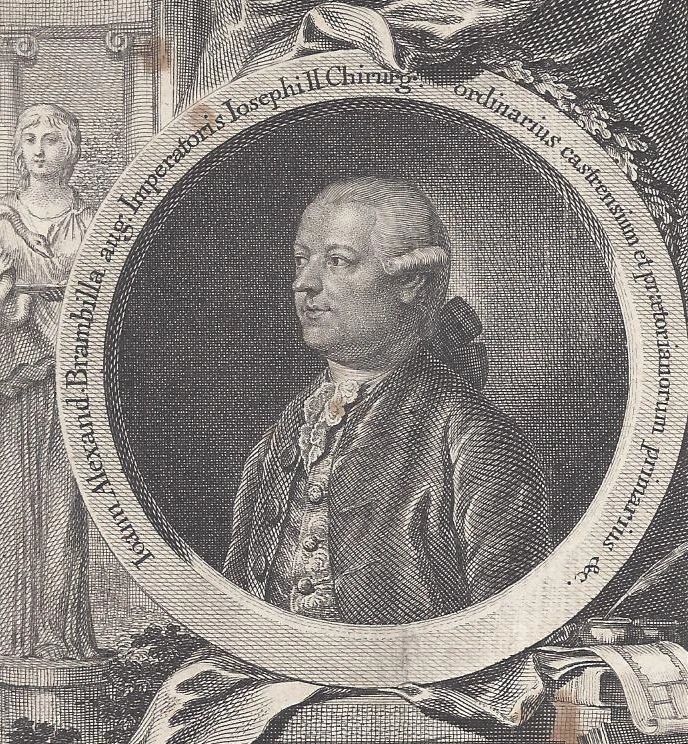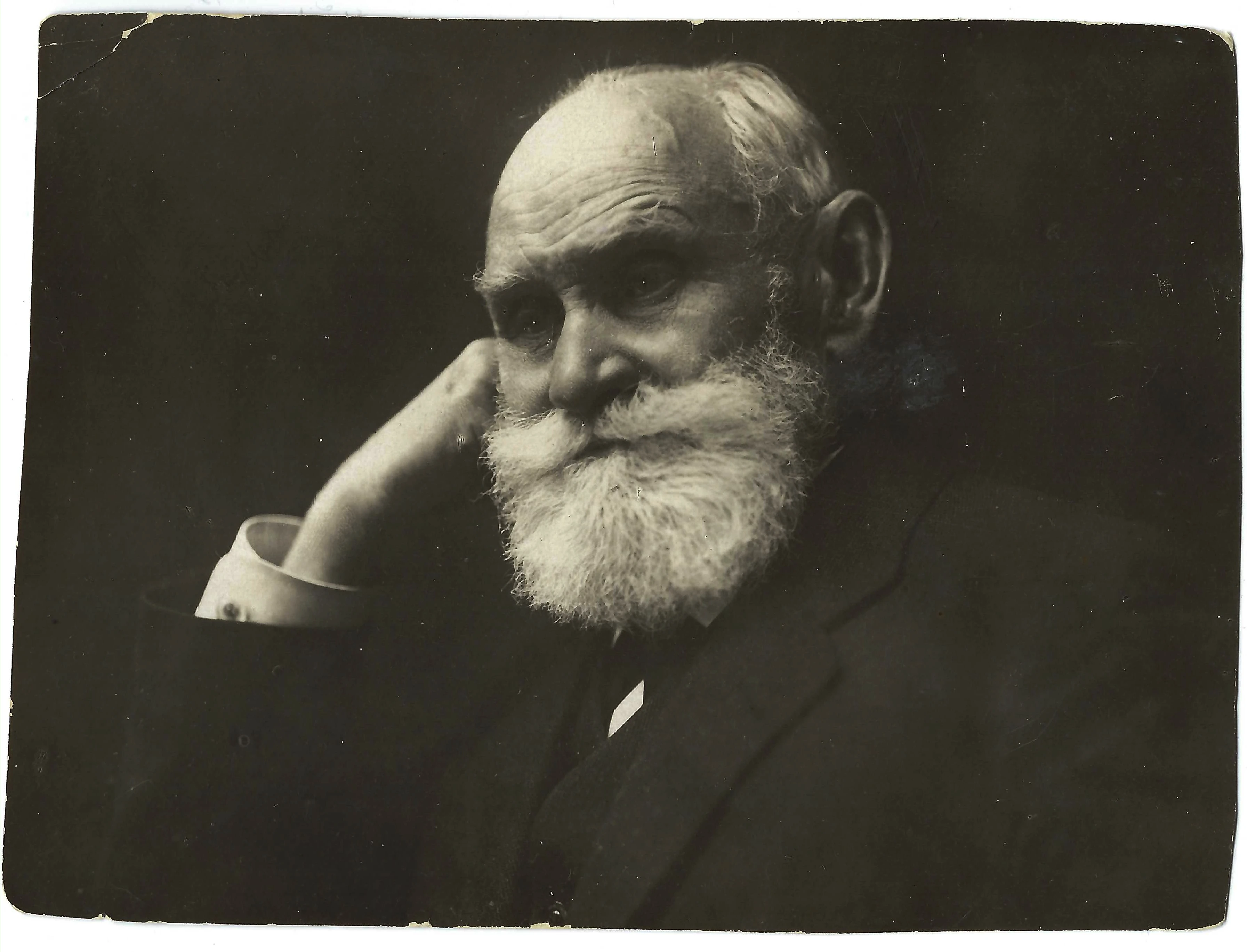Lærdal, Åsmund
Åsmund S. Lærdal, or Asmund S. Laerdal in standard letters (11 October 1913 – 19 November 1981), a Norwegian entrepreneur and humanitarian, is widely recognized for his significant contributions to emergency medical care and resuscitation training. Born in 1913, Laerdal initially found success in the publishing industry and later in the production of children's toys. However, his life's work took a pivotal turn in the 1950s, leading to a legacy that has saved countless lives.
In 1955, Laerdal's young son nearly drowned, an incident that deeply affected him and ignited his interest in life-saving techniques. Around the same time, mouth-to-mouth resuscitation was being developed as a crucial method for reviving drowning victims. Recognizing the need for effective training in this technique, Laerdal collaborated with medical experts to create a realistic training manikin, which would revolutionize CPR training worldwide.
In 1960, the company Laerdal introduced Resusci Anne, a life-sized manikin designed to help train individuals in cardiopulmonary resuscitation (CPR). Resusci Anne and its sister products (Anatomic Anne, Resusci Baby) became an essential tool in first aid education, allowing healthcare professionals, emergency responders, and ordinary citizens to practice life-saving techniques in a realistic yet controlled environment. The manikin's design, which included an anatomically correct airway and a chest that could be compressed, was instrumental in teaching proper resuscitation techniques.
Laerdal's work extended beyond the creation of Resusci Anne. He founded Laerdal Medical, a company that has continued to innovate in the field of medical simulation and emergency care. The company's products and programs have helped millions of people around the world learn critical life-saving skills, contributing to the broader public health goal of reducing fatalities from cardiac arrest and other emergencies.
The most remarkable
- The invention of proper plastic mixtures made it possible to create realistic skin-like bodies – first for toy dolls and later for training manikins.
- His idea of using a life-size manikin for CPR training revolutionized not only CPR training, but medical education as a whole.
- Laerdal's commitment on making the product not only high quality, but more importantly, mass-produced, has expanded the horizons of CPR training, taking it into schools, fire stations, and driving classes.
- He realized that in order for resuscitation techniques to be adopted by millions of people, it was necessary to develop not only the production of mannequins, but above all to promote research, exchange of experience and training. He has reinvested huge sums of money to support these areas.
Marketing genie
Laerdal not only has become an excellent economic education, but was also a brilliant born marketer. He paid great attention to details such as logos and trademarks.
Thus, the name Tomte was derived from the Scandinavian Tomtenisse – a mythical creature, a bearded elf in a red stocking cap, who keeps the house in order and brings presents to the children at Christmas.
The name Anne, which was given to the wonderful doll with blonde curls, soft smooth skin and blue eyes, was invented in 1950, when the whole world eagerly awaited the birth of Princess Anne - the daughter of Queen Elizabeth II and Prince Philip, and from the birth followed her first months of life. Well, what mom could deny her daughter the purchase of her very own little blonde Anne!
And in 1960, when it came time to decide what the world's first manikin for practicing artificial respiration would look like, Laerdal unmistakably chose The Unknown of the Seine as his model. After all, this mask was known to almost everyone in those years – a famous symbol of femininity, of unhappy love, which gave inspiration to numerous works of art from novels and photographs, to movies and even ballet! Every woman felt for her and wanted to ease her suffering, every man wanted to help her, to protect her, to save her – Laerdal again hit the jackpot.
Visionary humanist
Åsmund S. Lærdal demonstrated a strong humanitarian vision by establishing the Laerdal Foundation for Acute Medicine in 1980, which has supported nearly 2,000 research projects aimed at improving medical care and saving lives. He also envisioned helping low-income countries by providing them with tools and knowledge to improve their own healthcare systems, emphasizing self-reliance and education.
References
Peter Safar. In Memoriam Asmund S. Laerdal. Published by Cambridge Press
